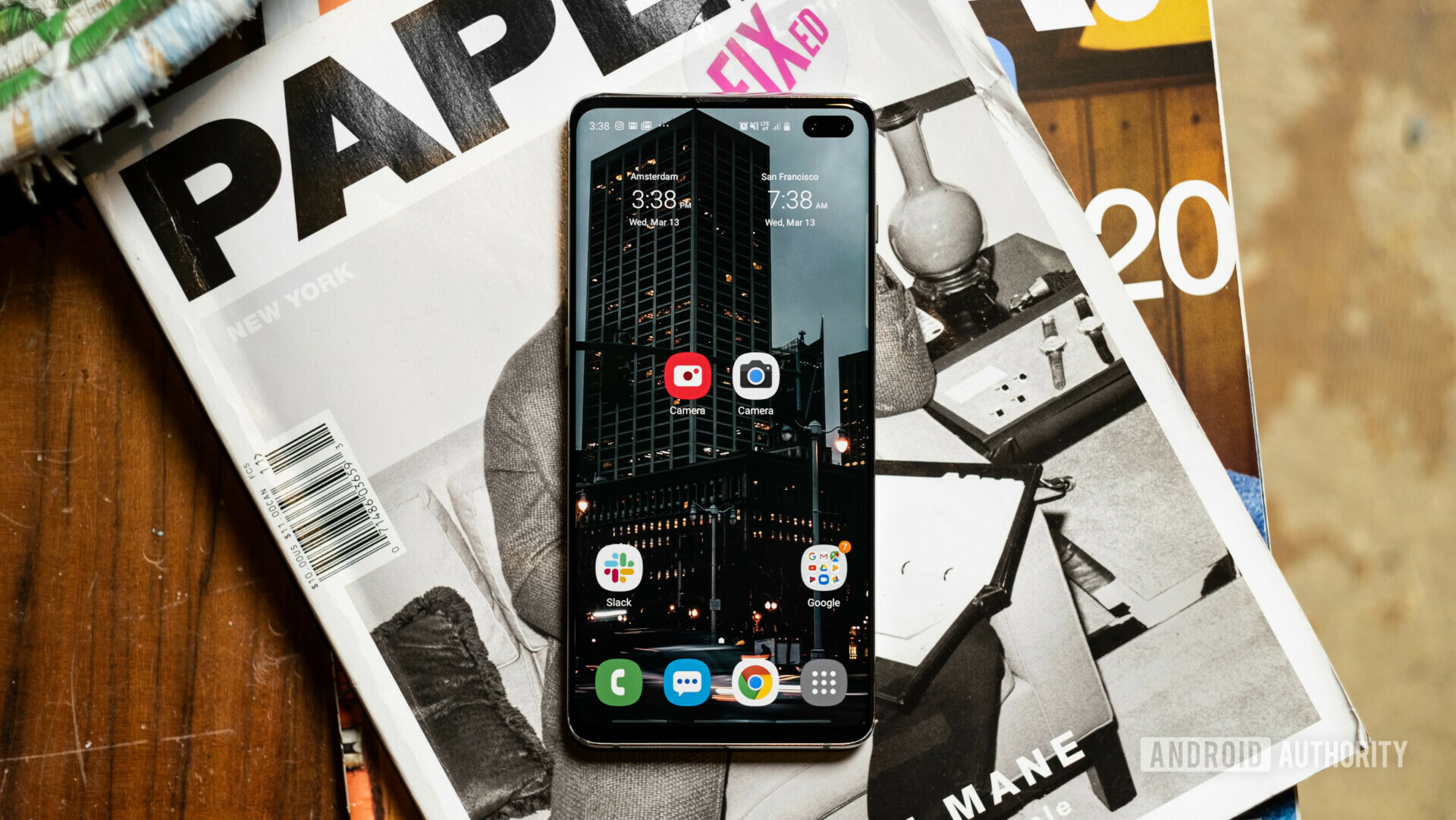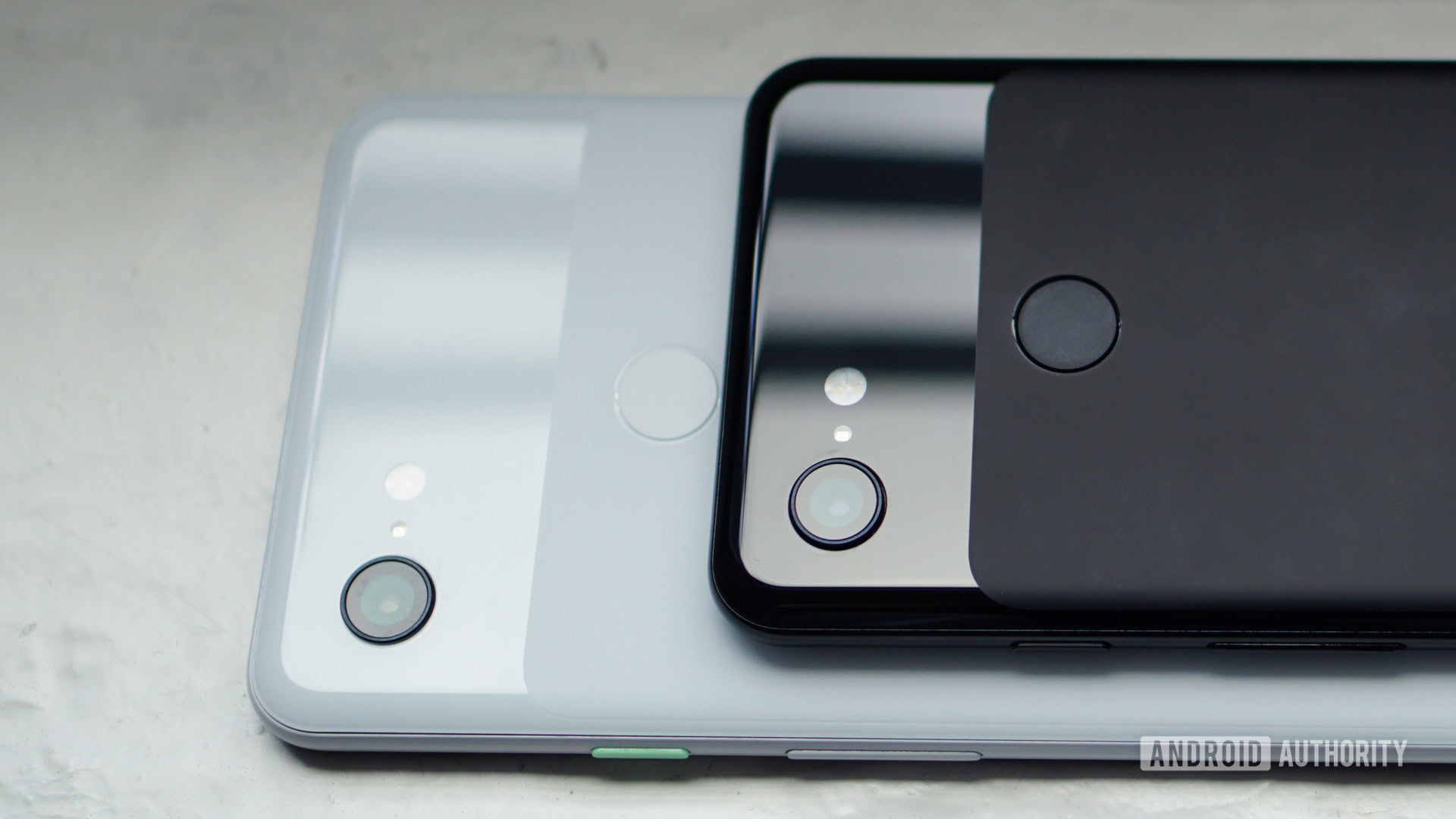Affiliate links on Android Authority may earn us a commission. Learn more.
Google Camera on the Samsung Galaxy S10 Plus: How much better are the images?
March 13, 2019

Editor’s note: As Mishaal Rahman, Editor in Chief of XDA Developers has just noted on Twitter, this port is not even specific to the Samsung Galaxy S10 series yet, and can get better over time as more people buy these phones. We already think the port is great, but expect even better things as time goes by.
The Samsung Galaxy S10 Plus is a fantastic phone. We gave it a raving review, but it fell a little flat in one area: image quality.
Images from the Samsung Galaxy S10 Plus aren’t bad. When we reviewed the phone, we found that it was overly-aggressive with HDR processing. While HDR helps you see more details in your images, a badly implemented HDR algorithm can actually make image quality drop. Samsung’s algorithm does a great job of raising shadows and showing you more details hidden in your image, but it also has a habit of smoothing photos far too much. This results in muddy images that just aren’t up to par with other flagship smartphones on the market right now.
Also read: Samsung Galaxy S10 Plus review | Samsung Galaxy S10e review
Luckily, our friends at XDA Developers have managed to get Google’s native camera app working on the Samsung Galaxy S10 series. This is the same camera app that’s available on the class-leading Google Pixel 3.
So how does the Google Camera app work on the Samsung Galaxy S10 Plus? We took the app for a spin to see how it compares to Samsung’s stock camera app.
Sample 1: High-contrast tent

The first sample is a picture of a tent. This is a great test of dynamic range because it contains both dark shadows and some harsh highlights due to the lightbulbs inside the tent. The stock camera app actually did a decent job with the shadows, but it does blow out the highlights a bit.
The Google Camera app has quite a bit more contrast and is sharper due to less smoothing. The image with Google’s Night Sight enabled has a much flatter color profile and does the best job with the shadows and sharpening overall, but still blows out the highlights a bit.
Example 2: Neon sign
The second example is an image of a neon sign. The stock camera app has issues with white balance and tends to blow out the highlights on the neon. It also has the most lens flare. The Google Camera app does much better with contrast and lens flare but has similar white balance issues. The Night Sight image does the best of the three, striking a good mix between even white balance and good contrast.
Example 3: Selfie in good light
In this example, the stock camera app had the best color profile overall, but it has quite a bit of smoothing in the face. The Google Camera app is much sharper, but it is quite red, which looks a little unnatural. This is probably the camera attempting to find an even color profile with the rest of the image. While the Night Sight subject probably has the most accurate color, the background has a bit of a green hue.
Example 3: Selfie in harsh light
In this example, I would say the Samsung Galaxy S10 Plus actually did the best job in overall exposure, though the image is definitely a bit soft. While the Google Camera app is sharper and more detailed, the subject remains under exposed while the background is blown out. In the Night Sight image, the highlights are exposed extremely well, but the subject is much too dark.
Example 4: Dark room with a bright window
In this example, the stock camera app did a great job getting an even exposure, but again, it is noticeably softer than the other images. The Google Camera app is sharper but blew out the window. The Night Sight photo reduced blown highlights in the floor but still blew the highlights in the window.
Example 5: Image out a window
In this image, the stock app did a decent job, but the contrast and sharpness of the Google Camera app is arguably more pleasing. Both images had a bit of a green color cast, but the Night Sight photo did a great job of making the white balance even and accurate.
Example 6: Dark hallway
In this example, the stock app and the Google Camera app look very similar, though the Google Camera app looks slightly sharper and has a colder white balance. The Night Sight image is definitely the best of the bunch, bringing up the shadows while making the whole image sharp.
What do you think?
These are just a few examples, and we have even more images in full resolution shared in a Google Drive folder here. Overall, Night Sight alone seems to be a worthwhile reason to get the Google Camera app on your new Samsung Galaxy S10, but the stock Samsung camera also did better than Samsung’s stock app in most situations. There are instances in which the stock Galaxy S10 camera app wins, but if sharpness and good contrast are what you’re looking for, we’d recommend using the Google Camera.
You can find full instructions on how to install the Google Camera app on your Galaxy S10 right here. Just make sure to follow the instructions closely!
Is the Google Camera port significantly better? Drop your thoughts in the comments section below.